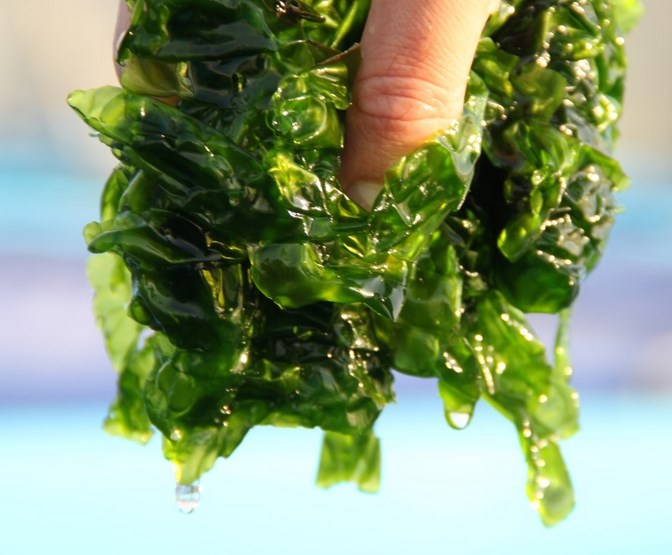Paper-based Supercapacitor Made From Seaweed
Scientists at Gujarat Energy Research and Management Institute (GERMI) have made a breakthrough in energy storage technology with the development of the thinnest, lightweight, and biodegradable paper-based supercapacitor. This innovative device, derived from seaweed, offers several advantages in terms of its characteristics and potential applications.
Characteristics of a Supercapacitor
Supercapacitors are known for their fast charging/discharging cycle, high power density, and longer lifecycle. These electrochemical charge storage devices provide efficient and reliable energy storage solutions.
Seaweed as the Key Material
The researchers utilized seaweed, a marine macroalgae, to create the paper-based supercapacitor. By extracting cellulose nanofibers from seaweed and reducing them into graphene oxide and zinc oxide, they achieved a material with high tensile strength, performance, and cost-effectiveness.
Applications and Business Prospects
The paper supercapacitor holds immense potential in various industries. It can be integrated into electronics, memory backup systems, airbags, heavy machines, electric vehicles, and more. This wide range of applications offers significant business prospects and paves the way for sustainable energy storage solutions.
Coastal Communities and Revenue Generation
The seaweed-based material used in the supercapacitor opens up new opportunities for coastal communities. As seaweed is an essential component for manufacturing the paper supercapacitor, cultivating seaweed can serve as a potential revenue source for these communities, providing economic benefits while promoting sustainable practices.
Cellulose as an Ideal Material
Cellulose, found abundantly in seaweed, is well-suited for manufacturing paper-based energy storage devices. It acts as an insulating material that can be coated with conductive materials, enabling the creation of efficient and eco-friendly energy storage systems. This utilization of cellulose contributes to a greener and more sustainable approach to energy storage.
Research Location and Performance Testing
The scientists conducted their research at Gujarat Energy Research and Management Institute (GERMI), where they collected green seaweeds from the Porbandar coast in Gujarat. The developed supercapacitor device underwent rigorous testing, enduring 6,000 cycles without any noticeable degradation in performance.
Month: Current Affairs - June, 2023
Category: Science & Technology Current Affairs


